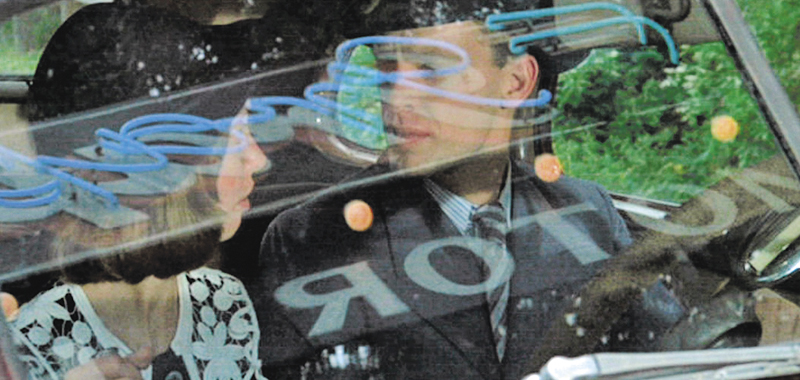At first, after 20 or 30 minutes of Robert Altman’s “Thieves Like Us,” the characters — three bank robbers and a strange little farm girl — all seem giddy, a bit corny and overplayed.
This was my first reaction after just having viewed the original, Nick Ray’s 1949 “They Live By Night,” a black-and-white noir version of Edward Anderson’s 1930s novel. Then it slowly dawned on me that Altman’s version was the truer one.
Ray’s characters were played true to the times, when noir films were coming out every month, with dark tones, lots of deep shadows and Hollywood style “Actors Studio” method performances. It sort of got lost.
Altman’s version, on the other hand, is much truer to the people who lived them, their speech and mannerisms and how the brutality of the era changed them.
In fact, in this version now playing on the bill at the Maine International Film Festival, Altman almost seems to get lost in the details.
This was a habit he was famous for.
In “Thieves,” he sets up the four main actors and then releases them like trained doves to fly for themselves, almost improvise, while he spends a disproportionate chunk of the time with the property master, Marty Wunderlich, and cinematographer, Jean Boffety. And guess what? It works. That was Altman’s gift.
The actors take us along, doing great work, but along the the way we keep getting mesmerized by the sets and the props.
Unlike Ray’s version, which was strictly dark shadows and rain, Altman takes us by the hand and walks us back through a magic mirror into the past, the Depression-era South. There are no back-lot sets here. We find ourselves deep in the past with the old buildings, bathed in fading autumn light and full of Edward Hopper shadows.
It’s glorious to watch, and for those old enough to have lived that time, it’s a haunting ghostly time trip.
Other directors who shot this era, such as Arthur Penn with his magnificent “Bonnie and Clyde,” had the costumes and autos down pat. But Altman goes in close. Watch for the cigars, the ash trays they sit in, the magazine cover-plastered walls, the extras who look like they were hired from the past. Magic.
And unlike the original, the film has no score, but only radios constantly playing the songs of the time, and radio shows. We get Rudy Vallee and FDR, “Gangbusters” and “Captain Midnight.”
There is also the unmistakable ghostly presence of Tennessee Williams and Truman Capote floating about the action like a mist. This is no mistake: Altman knows what homage means.
Oh yes, the plot. It’s simple and evocative of the lawless ’30s, a boy and girl tossed like paper dolls into the maelstrom of the times. Bowie, a young escaped convict (Keith Carradine with a face like a newly poured milkshake and a 10-foot smile full of farm boy teeth) has fallen in with two older jaded pros (Altman regulars John Schuck and Bert Remsen).
On the lam, they take refuge on an old farm, where our heroine, Keechie (Shelley Duval) tries to avoid falling in love with our virgin hero. But as time wears on, the glow of his naive sweetness clouds her eyes and heart, and we have our dilemma.
Bank robberies come and go, all performed with comic ineptness, but all successful.
In Ray’s version, Bowie and Keechie (movie star handsome Farley Granger and super-sensitive Cathy O’Donnell, who pretty much played the same deeply wounded character in every movie she made) get married. But here, Keechie hides her pregnancy until it’s too late, until the sky darkens, the rain arrives, and the cards dealt to all such unlucky lovers are shuffled and laid out.
The final scene will rock your heart.
J.P. Devine, of Waterville, is a former stage and screen actor.
Send questions/comments to the editors.





Comments are no longer available on this story